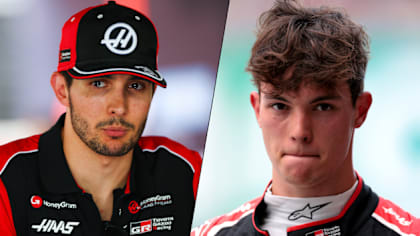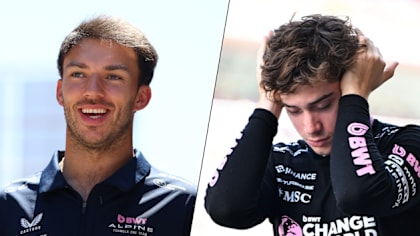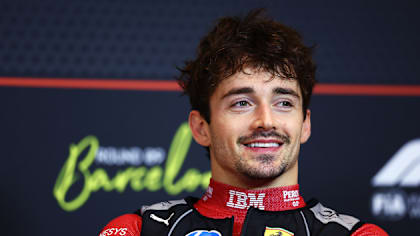
Technical
TECH TUESDAY: What is the ‘Z-shaped’ floor solution – and why are more and more teams using it?

Share

'Z' is the letter of the day as teams continue to make changes to their floors to try to claw back downforce and speed lost under the new regulations. Mark Hughes explains this technical innovation, with technical illustrations by Giorgio Piola.
Two races into the 2021 regulations and we are seeing a convergence towards a favoured solution in at least one area – that of the floor edges. At Imola both Ferrari and Williams introduced new floors featuring edges with a ‘Z' shape when seen in plan view from above, this bringing them into line with what Mercedes, Red Bull, Aston Martin, AlphaTauri and Alpine had already raced with. That leaves just McLaren, Alfa Romeo and Haas in the straight-edge camp.
Cutting a Z shape into the floor sides (as circled in the illustration below) actually loses the car some floor area. The 2021 regulation stipulates only that the floor does not extend beyond a notional diagonal line drawn between two points at the front (180cm back from the front axle line) and rear of the floor (ahead of the rear tyre, 100mm inboard of the forward point).
Obviously, a straight line drawn between these two points would maximise the floor area. So why would teams be willing to cut chunks out of that?
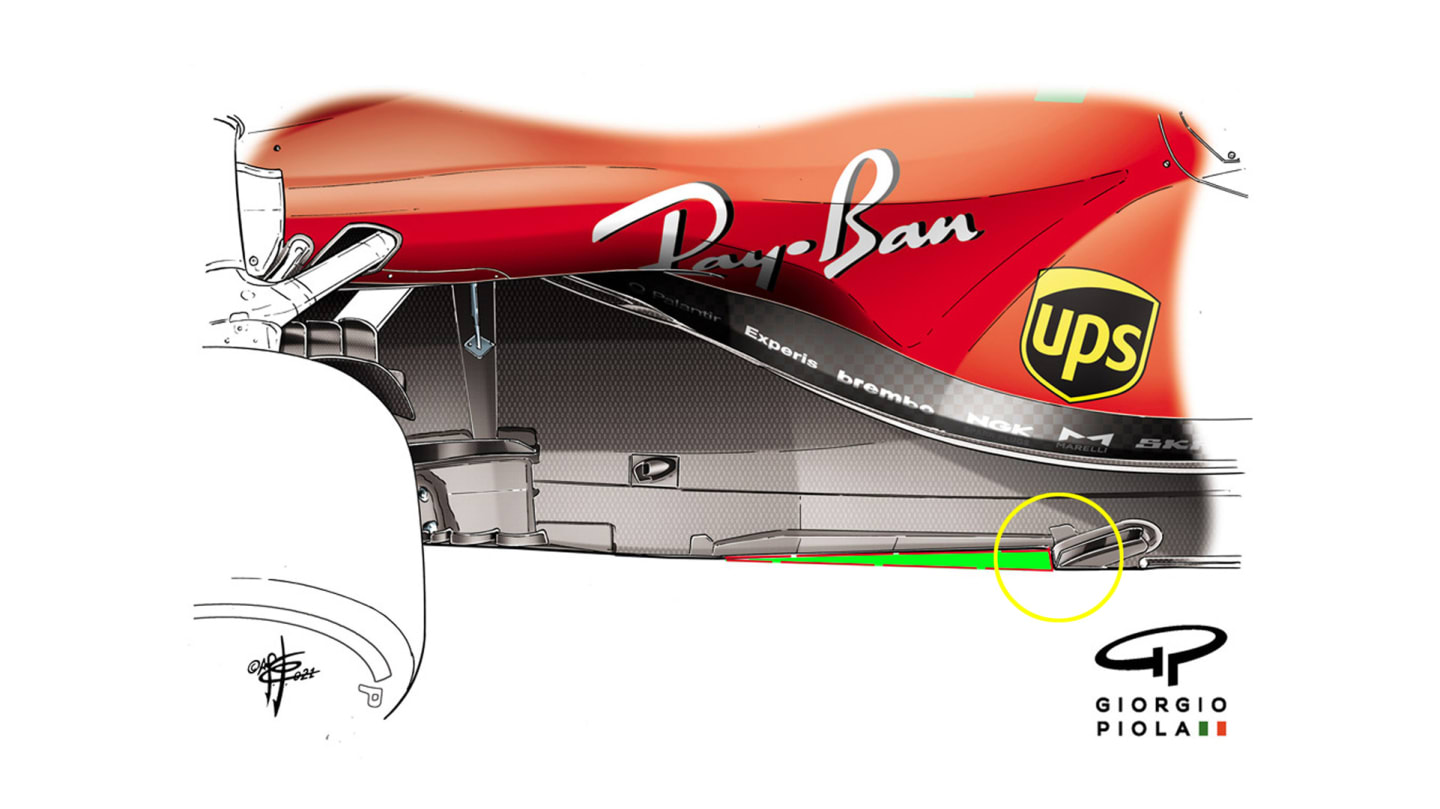
Above is the Ferrari floor with the 'Z shape' cutout circled, and highlighted in green is the unused space allowed by the 2021 regulations
The downforce created by the underfloor is a multiple of the negative pressure created by the floor and the area of floor that pressure is working upon. The Z-shaped edge necessarily reduces the area of floor, so by implication it must be increasing the negative pressure – and by an amount worth more total downforce than is lost from the reduction in area – otherwise it wouldn’t be on the car.
There are several mechanisms by which the Z-shape cut-out could be enhancing the performance of the floor. The cut-out itself, working in combination with the vane atop of it, could be creating a vortex of spinning air which is then sucked to the underside edges of the floor, thereby helping seal it, so retaining that negative pressure.
These vortices form virtual ‘skirts’ (so named after the physical rubber/ceramic skirts which were banned in the 1980s) keep the airflow of the main part of the floor energised. The faster that flow, the greater the downforce. The job of creating the vortices on the outer edges of floor was previously done by the floor slots which were banned for this year.
It can also be that the conventional diagonal floor edge creates problems associated with the airflow as it moves back upon a decreasing area against the central stepped section of the floor, which by regulation remains straight (below). When teams first began simulation of the aero of the new floors, some were reporting the phenomenon of flutter, whereby the airflow was reverberating in a cyclic way when a certain critical airflow speed was reached. It could be that the Z-floor trips up this process, allowing the flow to be cleaner and therefore more effective.
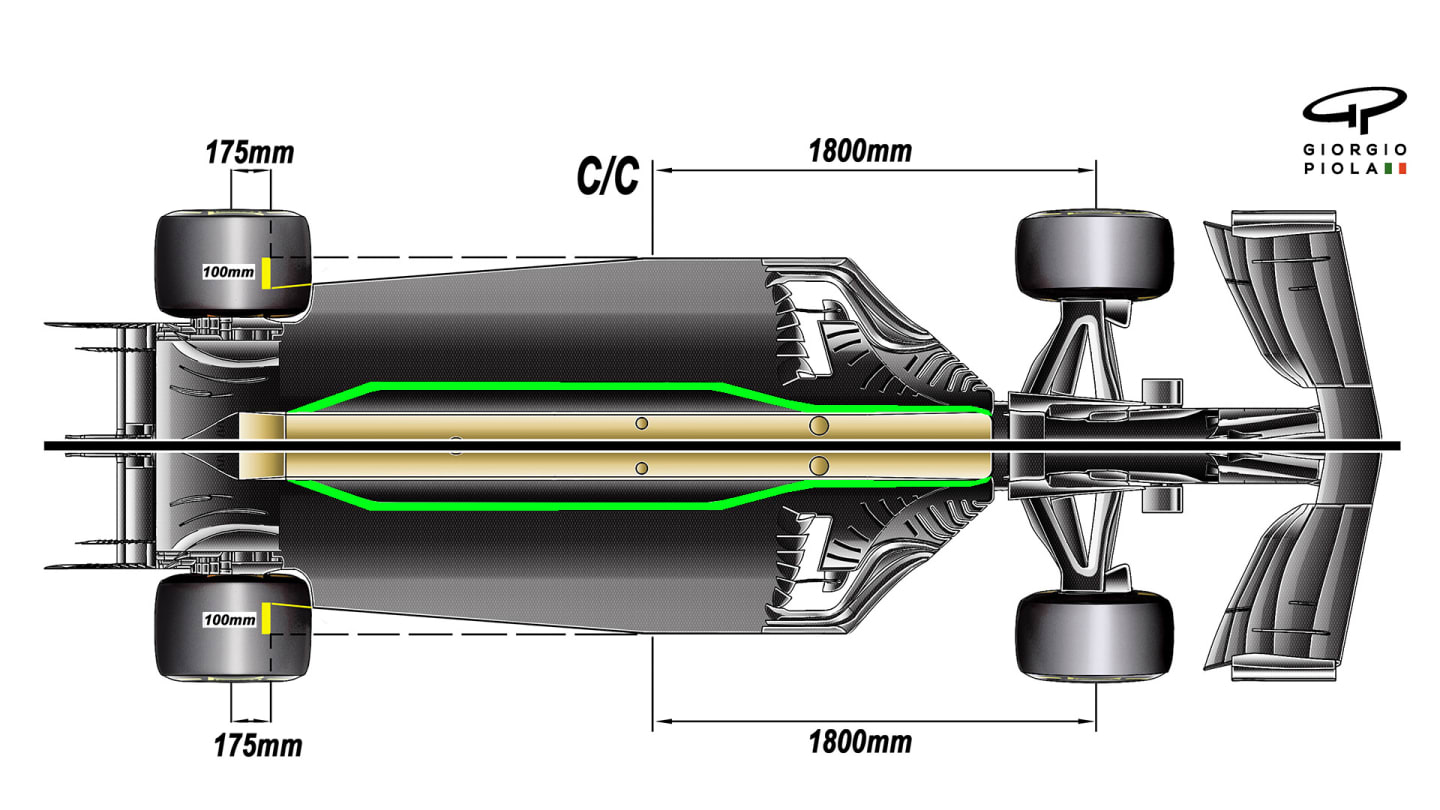
Giorgio Piola's illustration of typical 2021 F1 floors (without the Z cutout). Highlighted in green is the central step formed by the plank
Inserting the Z by cutting away a section of floor allows the edge aft of the Z to be aligned in parallel with the wall of the central step, so keeping the area over which the underfloor flow is passing consistent.
There is a wide divergence between cars of how far back the Z is placed, perhaps reflecting different levels of sensitivity to the phenomenon. The Z begins significantly further back on the Williams (below), for example, than on the Ferrari.
Williams, who got both their cars into Q2 at Imola, reported the floor to have worked well. Ferrari, after assessing the new floor on the car of Carlos Sainz on Friday morning and Charles Leclerc in the afternoon, committed to running it for the rest of the weekend on both cars.
How long before McLaren, Alfa and Haas join the Z club?

Williams have their Z cutout further back on their floor than Ferrari. Both teams saw success running the cutout at Imola.
YOU MIGHT ALSO LIKE
News Ocon hoping Haas can ‘get back where we belong’ in Canada as Bearman admits Spain ‘exposed a few weaknesses’
News Gasly ‘relieved’ as late Safety Car in Spain leads to points as Colapinto identifies key area to improve
News Leclerc ‘very happy’ with unexpected podium finish in Spain as he outlines clash with Verstappen
FeatureF1 Unlocked THIS WEEK IN F1: 10 tricky quiz questions on the Spanish Grand Prix

